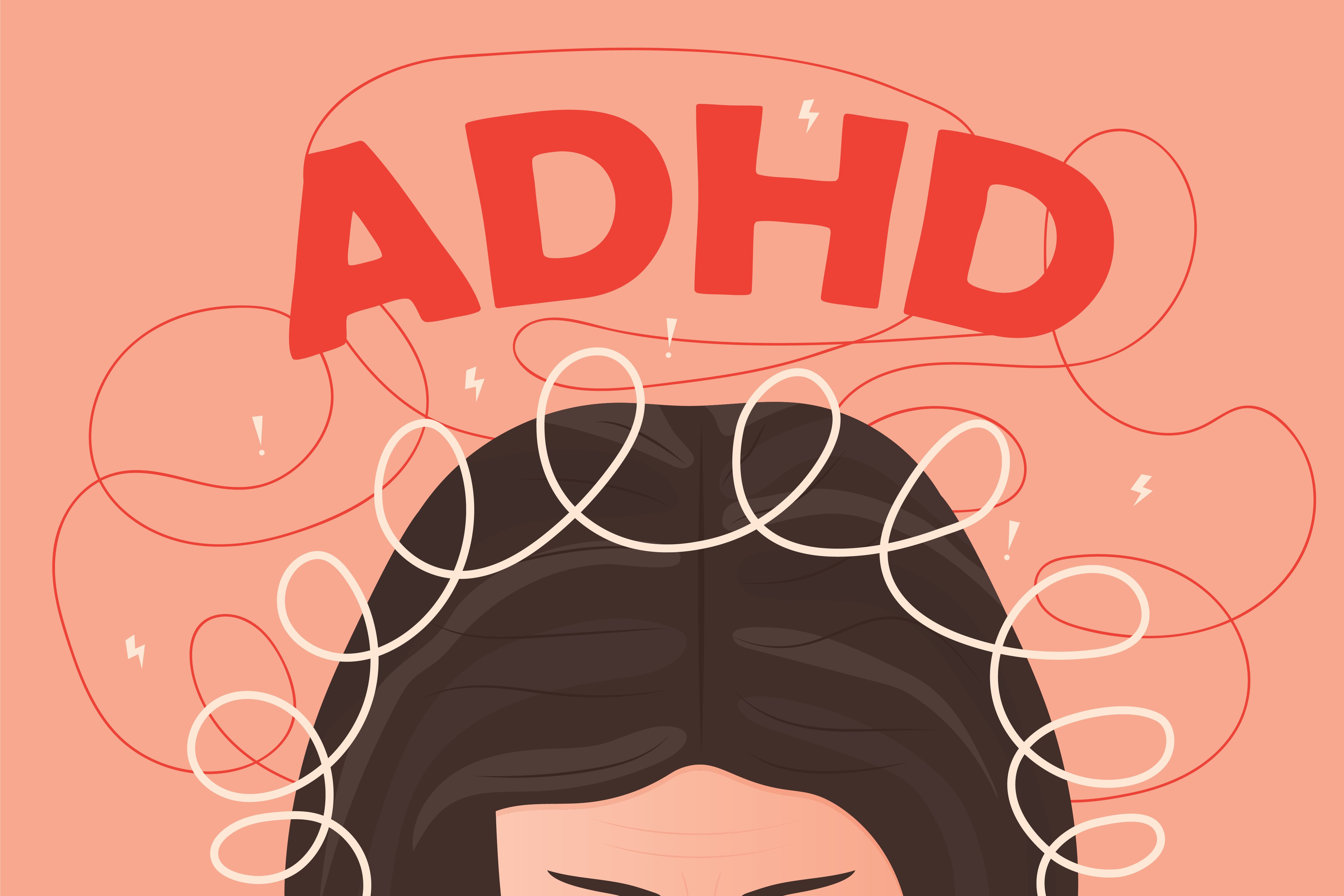Publication
Article
Psychiatric Times
Nations Convene to Create Bipolar Consensus Statement
Author(s):
Participants from around the globe recently came together to create an international consensus statement on bipolar disorder that was presented at the 21st Congress of the European College of Neuropsychopharmacology (ECNP).
Participants from around the globe recently came together to create an international consensus statement on bipolar disorder that was presented at the 21st Congress of the European College of Neuropsychopharmacology (ECNP).1 The statement describes disparate but “defensible” perspectives from more than 60 experts on the diagnosis of bipolar disorder in children and limited, mixed evidence for specific treatments in affected children and adults.
Experts agreed that bipolar affective disorder commonly manifests in the mid-teens to early 20s. They also agreed about the difficulty in distinguishing bipolar disorder from unipolar depression in young children. Despite this, there was a 5- to 6-fold increase in the number of children with newly diagnosed bipolar disorder from 1996 to 2004,2 and a 40-fold increase in outpatient visits by young patients with bipolar disorder in the United States.3
The statement questioned whether this rise in frequency simply reflects “improved awareness and accurate diagnosis” or whether it can be attributed to a rising rate of misdiagnosis of bipolar disorder in patients with attention- deficit/hyperactivity disorder or oppositional defiant disorder or other related conditions.
The consensus group, which worked under the auspices and with the funding of the ECNP, is critical of applying the DSM-IV criteria of bipolar disorder that have been validated in adults to children. “Current epidemiological studies using conventional criteria do not document cases of bipolar disorder in children either in Europe or in the United States,” it noted. The statement called for more trials in children to better identify symptoms and for longitudinal studies to correlate these with illness course.
Because there are broader and earlier diagnoses in North America than in Europe, the consensus group acknowledged the potential advantages of early detection and intervention but remarked on the “dubious” extrapolation of adult diagnostic criteria to justify treatments in children that have been evaluated in adults. “This has been pejoratively described as disease-mongering. It certainly risks bringing discredit on psychiatry if adequate efficacy and safety studies are not performed and if there is potential for significant harms (metabolic syndrome with antipsychotics, abnormal involuntary movements, etc).”
Even in adults, it can be difficult to distinguish bipolar from unipolar depression. The consensus group found that a categorical distinction based on cross-sectional features is not supportable. Instead, the statement recommended a “probabilistic” diagnostic approach, which is described in the International Society for Bipolar Disorders Diagnostic Guidelines Task Force Report.4 The probability that depression is a manifestation of bipolar rather than unipolar affective disorder is higher, for example, with hypersomnia than with initial insomnia and with hyperphagia than with loss of appetite.
The consensus group acknowledged that such distinctions and their incidence in both conditions need to be further defined. “It is unclear how to threshold any difference,” the statement indicated, but “secondary analysis of individual patient data from all drug studies should allow the proposal to be developed.”
In considering treatments, the ECNP consensus statement drew on the data of North American studies such as the Systematic Treatment Enhancement Program for Bipolar Disorder (STEP-BD) but pointed to the need for additional studies to define roles for antidepressants, atypical antipsychotics, and antiepileptics.5 While the STEP-BD results indicate a lack of benefit from adding antidepressants to a variety of mood stabilizers, the ECNP consensus statement questions whether trials with such medication combinations reduce effect size below that necessary to evaluate antidepressant effect.
“Whether this should be regarded simply as a technical issue . . . or whether it has the important practical implication that combined treatment with an antidepressant and a mood stabilizer is an ineffective clinical strategy remains to be established,” the statement concluded.
The consensus calls for independent monotherapy trials in bipolar disorder as well as studies on whether combinations of drugs are superior to monotherapy. In addition, it noted that data on antidepressant treatment for bipolar II disorder are “almost nonexistent.”
The consensus group also found insufficient data on atypical antipsychotics for bipolar disorder. It did note studies that indicate improvement of core depressive symptom scores on the Montgomery-Asberg Depression Rating Scale with quetiapine, and improvement on some related items with olanzapine. However, the consensus group dismissed the proposed mechanisms of action for these agents as post hoc rationalizations, “driven by empirical investigation by companies looking for an increased indication for their compounds.”
The evidence that supports lamotrigine treatment for bipolar disorder was acknowledged, but it was found to indicate statistical superiority over placebo in meta-analysis rather than in individual studies, in patients with baseline Hamilton Rating Scale for Depression scores over 24, and in maintenance rather than as acute treatment. “Positive findings seem to many authorities to represent convincing effect on the risk of further illness,” the statement reported, “and support the addition of lamotrigine during or after the resolution of a depressive or manic episode to prevent further depressive illness.”
References:
References
1. Goodwin GM, Anderson I, Arango C, et al. ECNP consensus meeting. Bipolar depression. Nice, March 2007. Eur Neuropsychopharm. 2008;18:535-549.
2. Blader JC, Carlson GA. Increased rates of bipolar disorder diagnoses among US child, adolescent, and adult inpatients, 1996-2004. Biol Psychiatry. 2007;62: 102-114.
3. Moreno C, Laje G, Blanco C, et al. National trends in the outpatient diagnosis and treatment of bipolar disorder in youth. Arch Gen Psychiatry. 2007;64:1032-1039.
4. Ghaemi SN, Bauer M, Cassidy F, et al. Diagnostic guidelines for bipolar disorder: a summary of the International Society for Bipolar Disorders Diagnostic Guidelines Task Force Report. Bipolar Disord. 2008;10 (1, pt 2):117-128.
5. Sachs GS, Nierenberg AA, Calabrese JR, et al. Effectiveness of adjunctive antidepressant treatment for bipolar depression. N Engl J Med. 2007;356:1711-1722.






